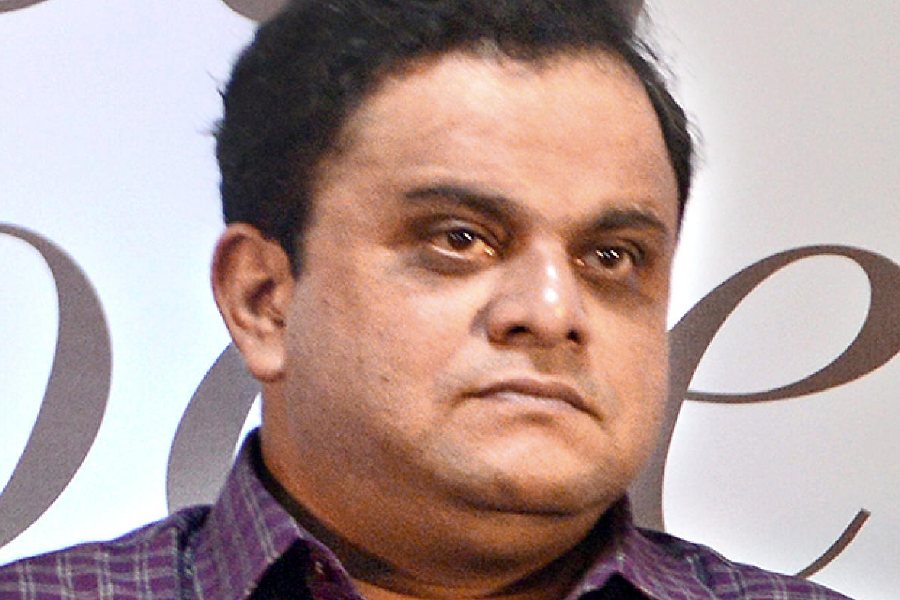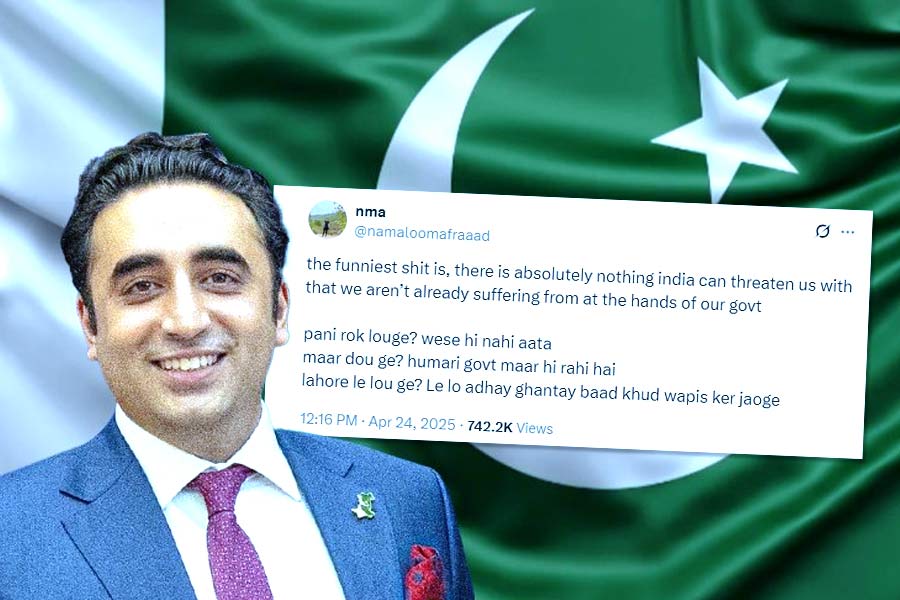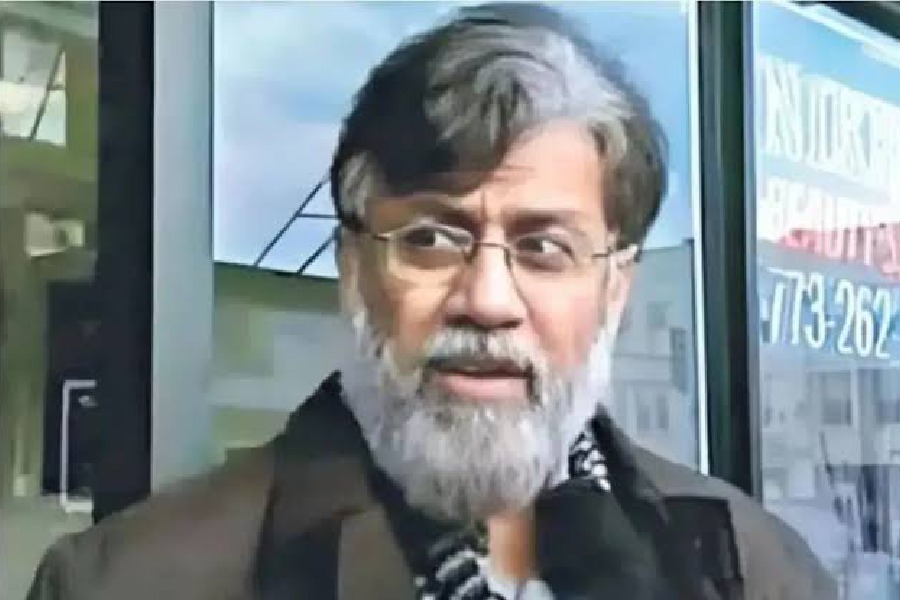 |
Only Connect
Type casters cast away
Abhijit Gupta
Having just written a longish essay on the history of printing and publishing in India, I am moved to pay tribute to the unjustly neglected Karmakar family, particularly the man called Panchanan Karmakar, a smith from Tribeni turned punch cutter and type caster in the early days of the East India Company. We speak a great deal of sense and nonsense about IT nowadays. But how many of us remember that during the first three decades of the 19th century, the market leader in IT in the whole of south and south-east Asia was a town called Serampore? And of the four men who made it possible, one was Panchanan.
Panchanan’s name surfaces for the first time in the 1770s, when Charles Wilkins, an official with the Company is seen preparing type for the first-ever printed Bengali book — Nathaniel Halhed’s A Grammar of the Bengali Language — in the company of Panchanan and one Joseph Shepherd, a seal and gem cutter. A few years later, Wilkins was put in charge of the Honorable Company’s Press, where Panchanan perfected his skills, cutting type in Bengali and other Indian languages. There he stayed till the closing years of the century, not imagining how crucial a role he was about to play in the next.
In January 1800, an ex-cobbler and Baptist missionary called William Carey set up a Baptist mission at Serampore, which was then a Danish colony called Fredericksnagar. Along with two other missionaries, Ward and Marshman, Carey installed a printing press at Serampore and then approached his friend Wilkins in Calcutta for a two-week ‘loan’ of Panchanan. Wilkins agreed, somewhat reluctantly. Carey took Panchanan to Serampore and put him under virtual arrest. He was to stay there for the rest of his life, casting type for almost all major south and south-east Asian languages.
Carey’s aim was simple: to print and disseminate Bibles in as many languages possible. But in order to do so, the Bible first needed to be translated and then printed. While the translations were done by the missionaries, the task of cutting punches and casting type was entrusted to Panchanan, who had by then been joined by his son-in-law Manohar. In the type foundry adjacent to the mission, the Karmakars produced type in 13 different languages in the first ten years of the press. In 1816, the Karmakars were able to produce moveable metal type in Chinese. According to a calculation made by the missionaries themselves in 1832, the press was printing in a small matter of 40 languages, and servicing a market stretching from Indonesia in the east to Afghanistan in the west.
This was not the end of the Karmakars. In the 1840s, the grandson Krishnachandra joined the press and carried on the family tradition of fine printing. Since then, we have done our best to forget these three men.










